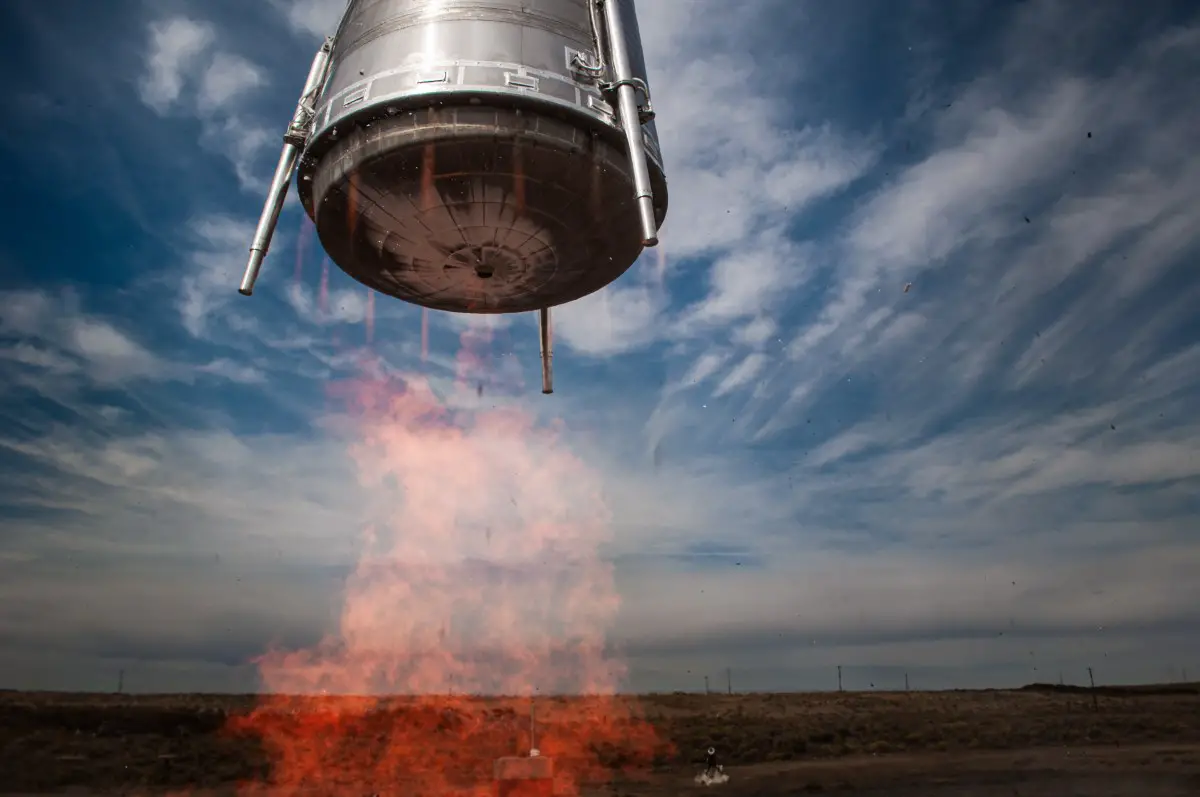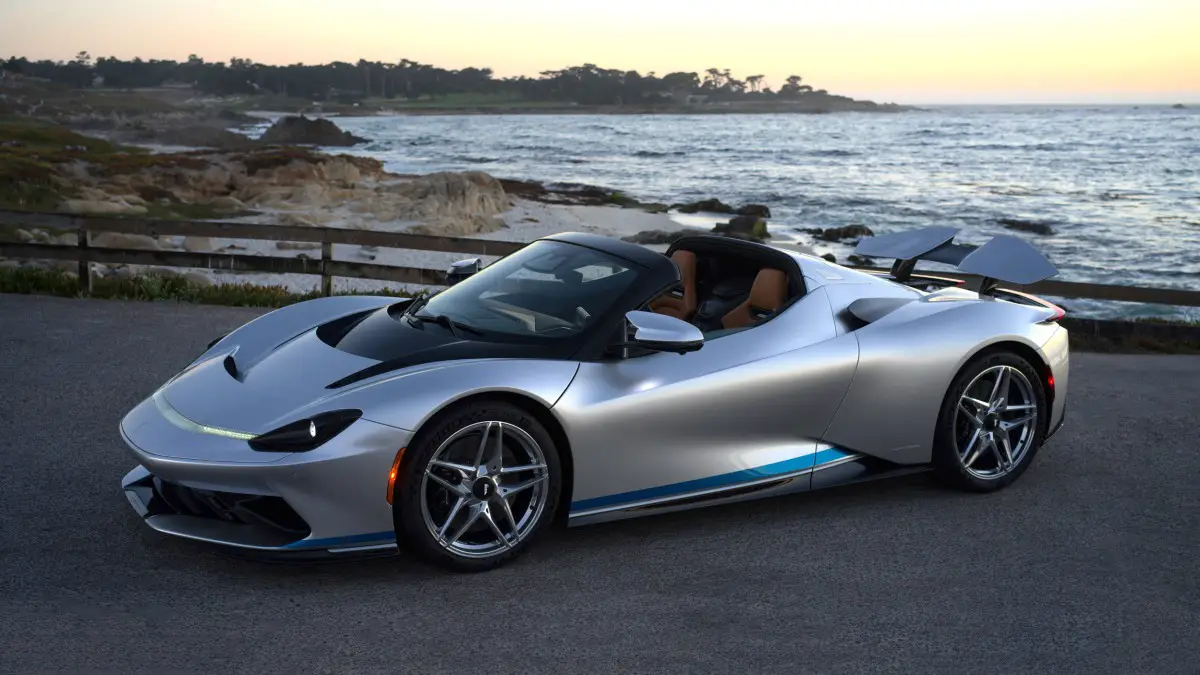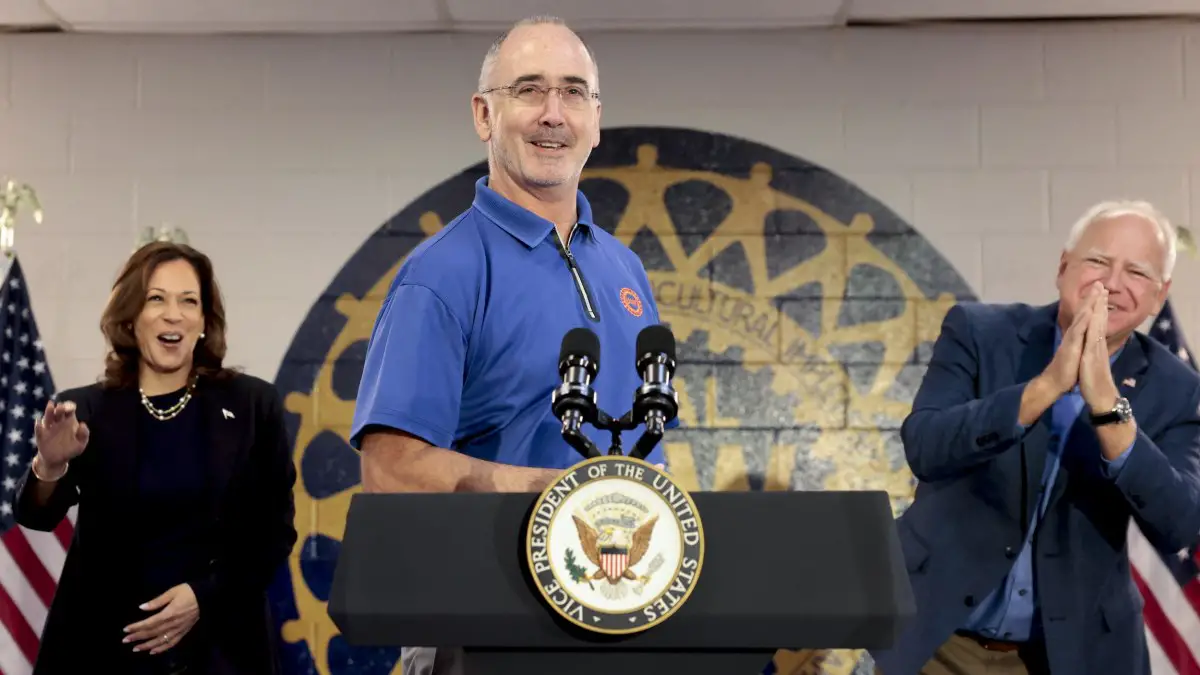Stoke Space is nothing if not ambitious. The five-year-old launch startup has generated a lot of hype due to its bold plans to develop the first fully reusable rocket, with both the booster and second stage vertically returning to Earth.
Those plans got a major boost a year ago, when the U.S. Space Force awarded Stoke and three other startups valuable launch pad real estate at Florida’s Cape Canaveral Space Force Station. Stoke plans on redeveloping the historic Launch Complex 14, which was home to John Glenn’s historic mission and other NASA programs, in time for its first launch in 2025.
At the center of Stoke’s plans is Nova, a two-stage rocket that is designed so that both the booster and the second stage return to Earth and land vertically. The only other rocket under development that is aiming for full reuse is SpaceX’s Starship. According to Stoke, their reusable upper stage will unlock incredible possibilities, like the ability to return cargo from orbit, land anywhere on Earth, and drive launch prices down by an order of magnitude.
Before any of this can take place, the Space Force must complete its “environmental assessment” of the company’s plans at LC-14, in order to evaluate how repeat launches will affect local flora and fauna. These assessments are mandatory under federal law, and they can often take months — but the upside is that they provide a closer look at a company’s operational plans.
Stoke’s goals are audacious, but the draft environmental assessment for Stoke’s launch pad shows that it would be an error to expect a test of returning even the booster on the first flight. Indeed, the environmental assessment does not consider reusable operations at all, but only missions with the 132-foot-tall Nova flying in a fully expendable configuration. The document, released last month, calls this Stoke’s “phased program approach.” Phase 1 involves operating a totally expendable vehicle at a relatively low launch cadence. Phase 2, which would require a supplemental environmental analysis and is not considered in this draft document, would involve the fully reusable rocket.
To start, Stoke is seeking authorization to conduct around two launches next year — the first year of operation — and then told regulators that it anticipates a maximum launch cadence of 10 launches per year. Stoke told the regulators that Nova will be capable of carrying up to 7,000 kilograms to low Earth orbit, the maximum payload capacity of the rocket when it will not be reused.
A person familiar with Stoke’s plans said that the company has no intention of pursuing the reusable aspects of Nova until it has successfully demonstrated the ability to regularly deploy payloads to planned orbits, and that this phased approach was always part of the internal roadmap.
A phased approach isn’t uncommon: SpaceX, which is the global kingpin of launch, launched its Falcon 9 rocket for the first time in 2010, but only returned the booster back to Earth in 2015. Stoke is clearly seeking to take a similar path, though the draft document does not propose any dates by which the company might start testing its reusable tech.
While it’s too soon to say when reusable flights might start at the Cape, Stoke has been busy conducting its own “hop” campaigns of its second stage at its facilities in Washington State. Stoke CEO Andy Lapsa said in a recent podcast appearance that the company started developing Nova’s second stage first because there was no playbook on second-stage reuse; but because rocket stage design is so tightly coupled, they had to understand the second-stage parameters in order to begin to design the booster.
“The whole vehicle, from a technical side, has to be designed with the end state in mind,” he said. “It has to be architected for that. Everything we’ve done from founding to today is take that end state and build for that end state architecture.”
Once the reusable technology is fully developed, the Space Force will need to conduct a supplemental environmental analysis. At that point, the supplemental EA will consider the environmental impacts of landing at a landing zone near the launch pad, landing on a barge offshore, or at some other location. Depending on the complexity of the changes to the original analysis, this process could take six months or more.
But Stoke will be ready to shift into that second phase, Lapsa said on the podcast: “The millisecond we reach orbit, our focus shifts entirely on, okay, now let’s show that we can get back down. Once we show that we can get back down […] then the millisecond after that, we start focusing on reuse.”










